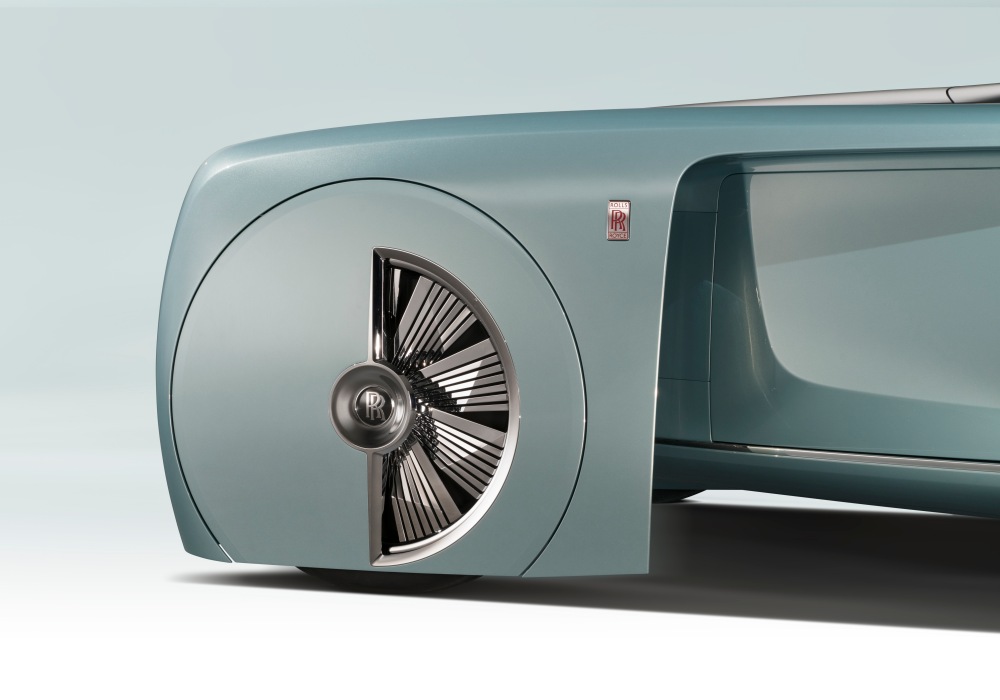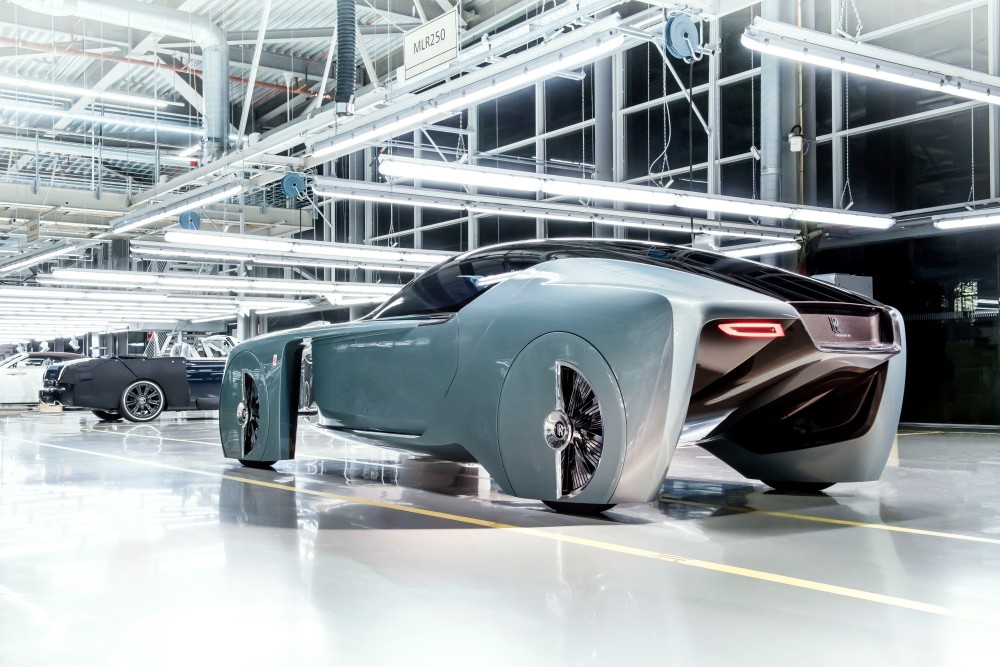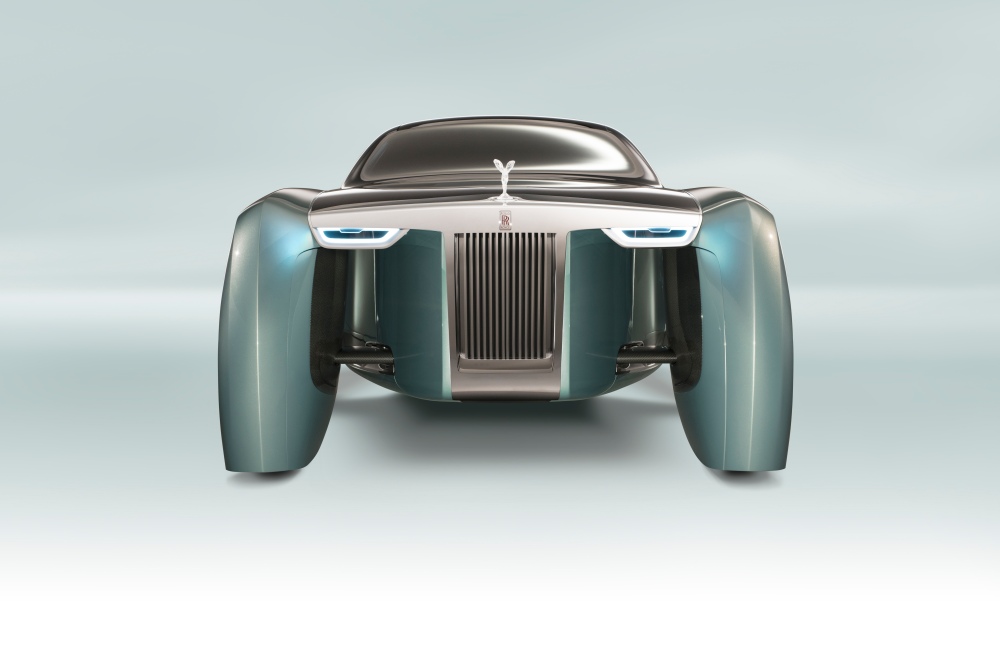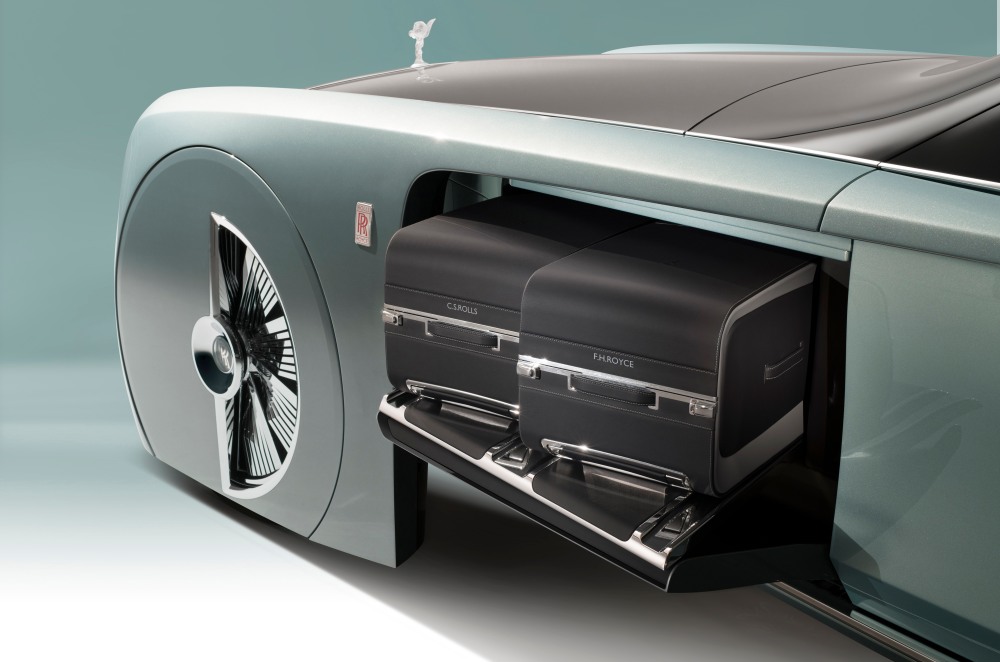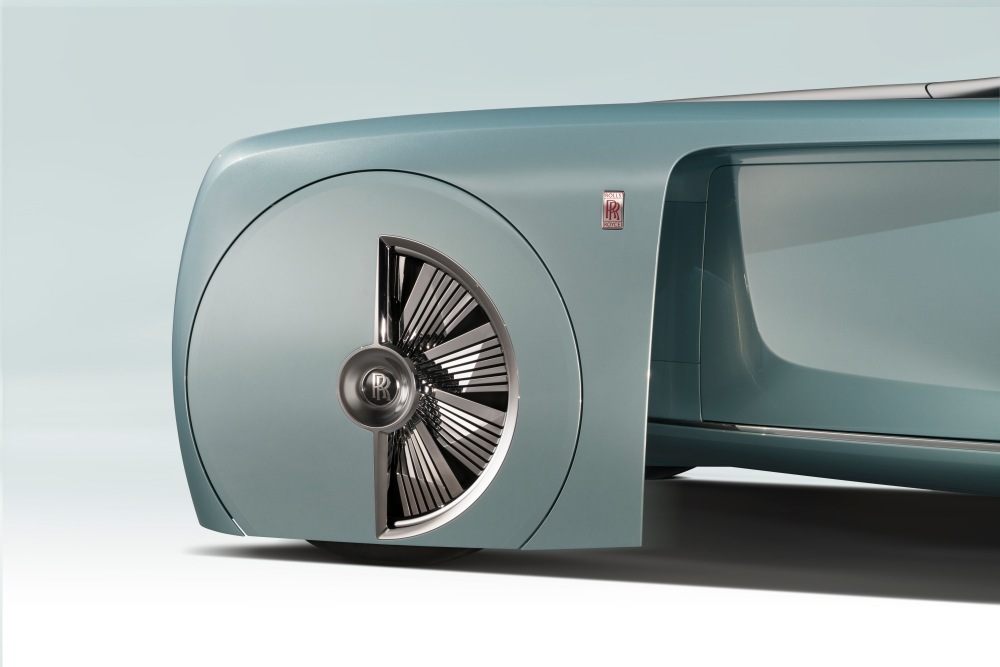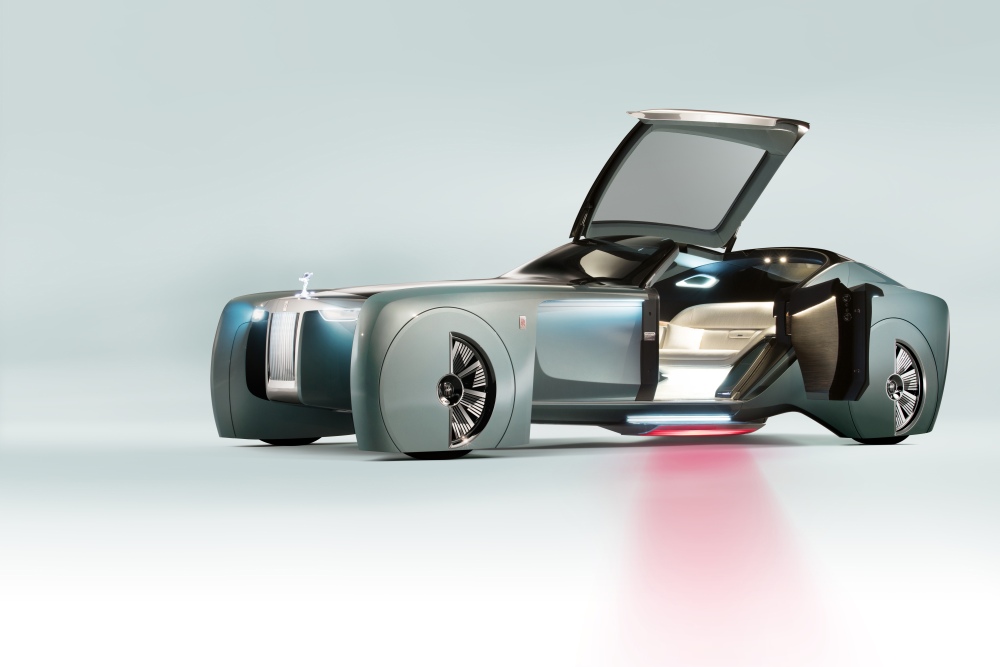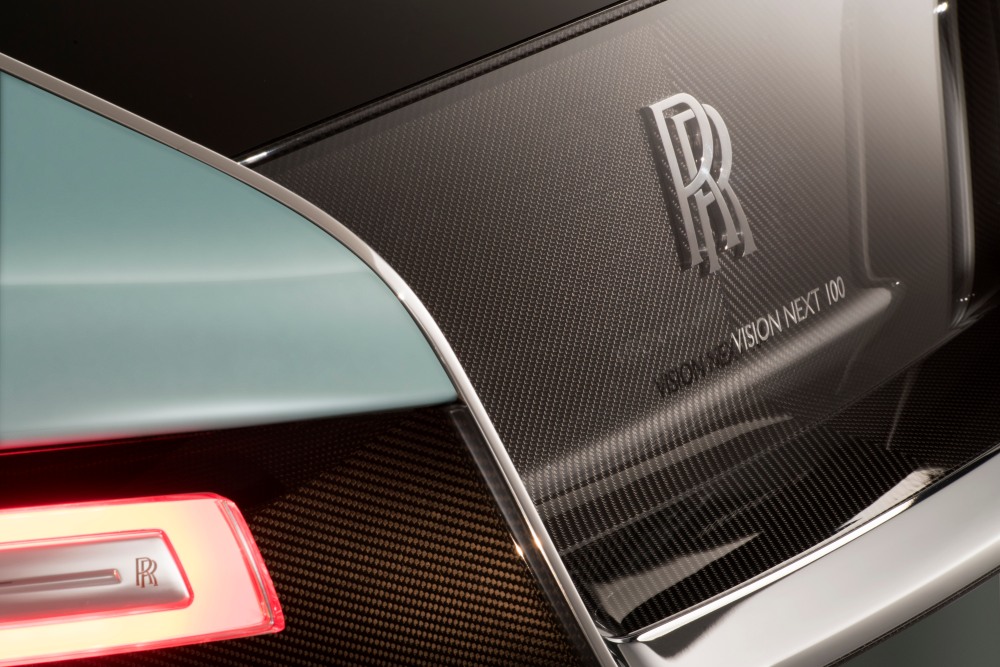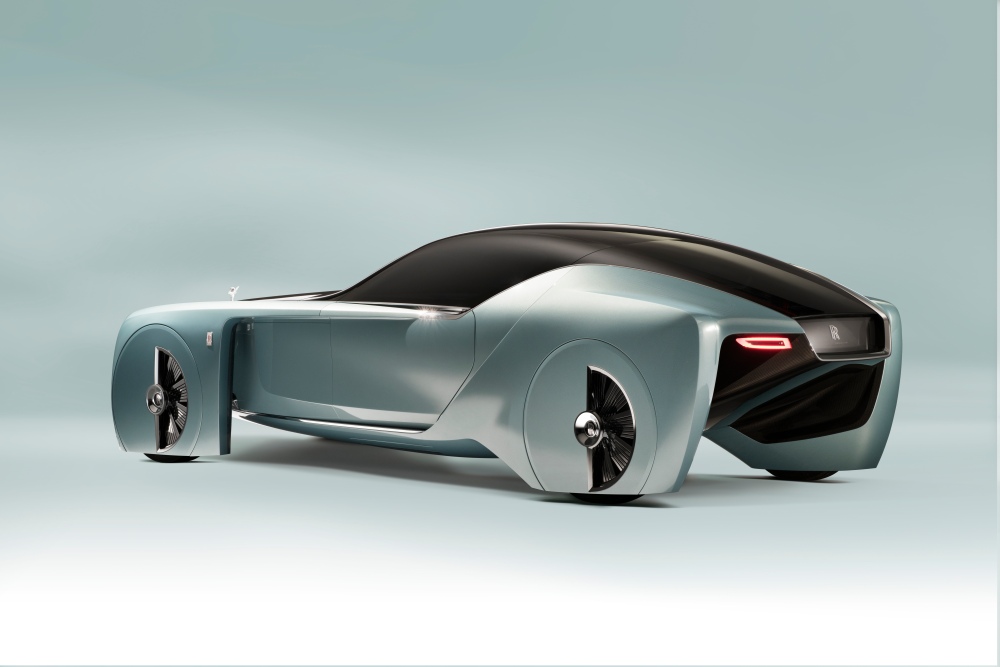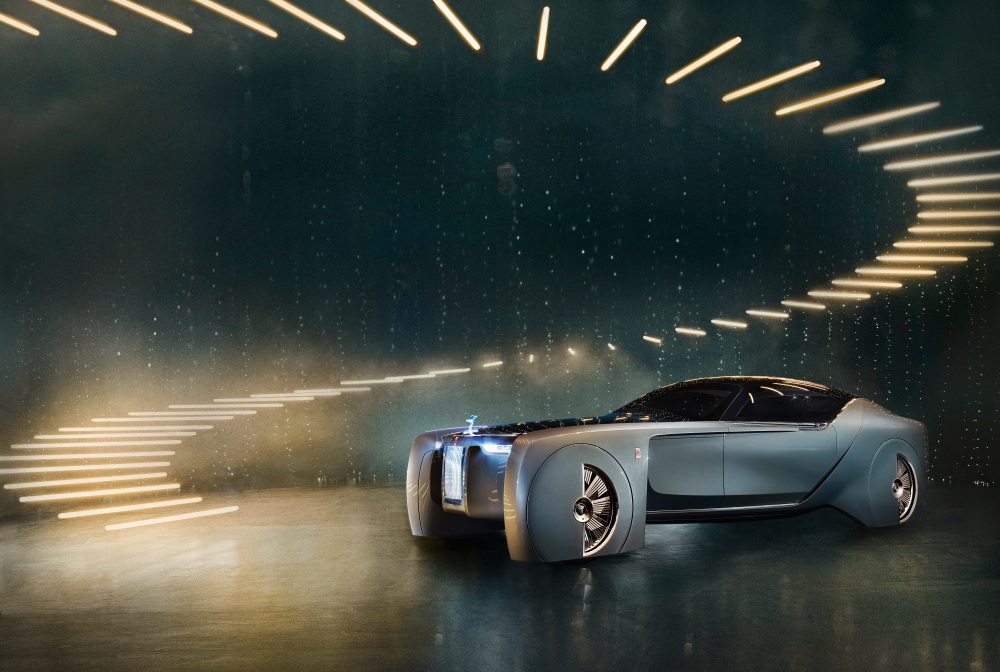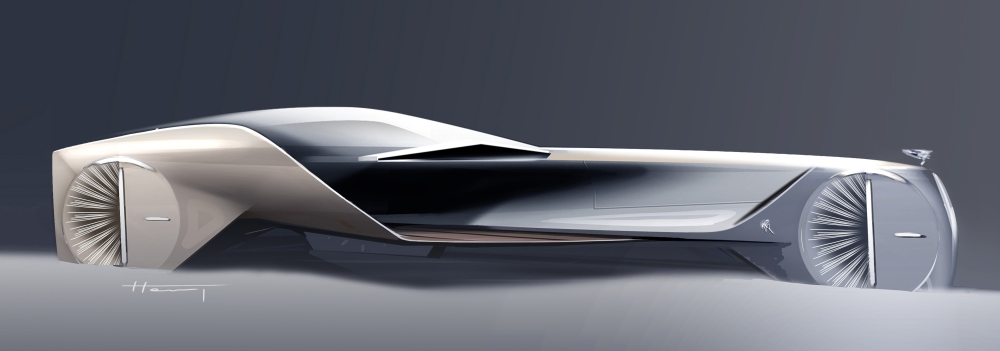Mazda are on a roll with their concepts. They wowed us at Frankfurt with the Koeru Crossover, now the RX-Vision breaks cover in Tokyo.

From Mazda’s press release: The design aim was to shave away all but the essentials, giving birth to the dynamic tension and ambience of a machine that is all business. The fine craftsmanship of Mazda’s renowned clay modelers have created reflections that convey motion, thereby capturing the spirit of the KODO design language without relying on character lines or other such elements. This is an elegant and highly vital form that subtly changes its appearance with even the slightest change of viewing angle.





Doing ‘simple’ well is the most difficult thing. Resisting the distraction of light-catchers, and surfacing-breaking character lines is a brave move by Mazda, and it’s resulted in a purity of form that is classical, yet also ground-breaking. I say that because many non car-designers bemoan the lack of beautiful forms in contemporary car design, looking back to a romantic age of 1950s voluptuous Jaguars and Ferraris, without understanding the stringent packaging and legislation constraints that today’s designers have to balance..but the RX-Vision captures that romantic proportion, that curvaceous surfacing, and combines it with a distinctly ‘now’ surface-twisting bodyside. I shouldn’t get too carried away – it is still a concept…but surely this hints at the next RX (9 maybe?)…

